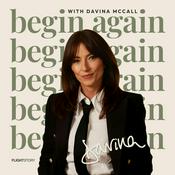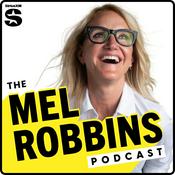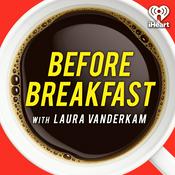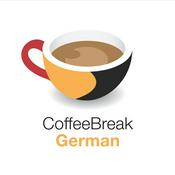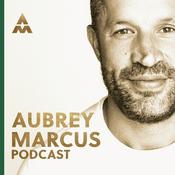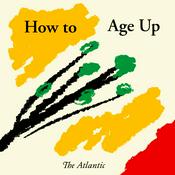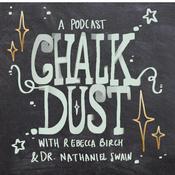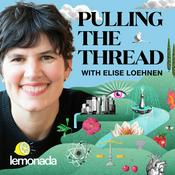12 episodes

Diagnosing Myasthenia Gravis with Abbe Crawford and An Vanhaesebrouck
19/12/2025 | 14 mins.
This study documents a higher frequency of seronegative myasthenia gravis dogs than was previously thought to be the case and discusses a classification approach that is likely to be built on over time. An Vanhaesebrouck as lead author joins Abbe Crawford to discuss - so you’re in excellent hands to learn more about myasthenia gravis. Case Series of Canine Myasthenia Gravis: A Classification Approach With Consideration of Seronegative Dogs https://onlinelibrary.wiley.com/doi/10.1111/jvim.70113

Anesthesia and sedation guidelines with Dr Lydia Love
21/11/2025 | 42 mins.
“Anesthesia safety is less about picking the ‘correct’ drug combination, and more about how you take care of and stabilise the patient…” Join myself and Dr Lydia Love as we discuss the 2025 Small Animal Anesthesia and Sedation Monitoring Guidelines, specifically thinking how we can improve the care of our ICU and ER patients. We cover all sorts: hypothermia, sedation vs anesthesia, recovery, cases such as urethral obstruction and septic peritonitis, locoregional anaesthesia and plenty more! For reference The American College of Veterinary Anesthesia and Analgesia Small Animal Anesthesia and Sedation Monitoring Guidelines 2025 https://www.vaajournal.org/article/S1467-2987(25)00071-6/fulltext Coccygeal epidural with local anesthetic for catheterization and pain management in the treatment of feline urethral obstruction https://onlinelibrary.wiley.com/doi/10.1111/j.1476-4431.2010.00609.x

BOAS tracheostomies with Professor Deborah Silverstein and Dr Lauren Minter
17/07/2025 | 21 mins.
In this episode we welcome Dr Lauren Minter and Professor Deborah Silverstein to discuss: -Factors associated with tracheostomy decannulation failure in dogs with BOAS -When to attempt decannulation of these dogs -Tracheostomy tube dislodgement -Complications of suctioning -Recurrent obstructive fibrinous pseudomembranes. See this report here: https://onlinelibrary.wiley.com/doi/10.1111/jvim.14650 …all in relation to their original study entitled “Factors that may be associated with tracheal decannulation failure in dogs requiring temporary tracheostomy after upper airway surgery for brachycephalic obstructive airway syndrome” https://onlinelibrary.wiley.com/doi/10.1111/vec.13453 Also see a recent related study here: Retrospective evaluation of the outcomes of advanced airway management in intubated patients with brachycephalic obstructive airway syndrome: 52 cases (2010-2020), https://onlinelibrary.wiley.com/doi/10.1111/jsap.13907 covering specifically those dogs with BOAS that require emergency intubation. Happy listening and reading!

Surgical mitral valve repair with Dan Brockman and Matteo Rossanese
11/06/2025 | 42 mins.
A chance to cut is a chance to cure? In this episode we cover: The principles of cardiopulmonary bypass Anticoagulation The mitral valve repair itself The ideal surgical candidate for mitral valve repair The outcomes of such a procedure The original study is below and covers further specifics such as case selection and post-op care plus summaries and discussion of fatalities. An overarching aim was that this should be useful for other centers establishing such a program. Improvements over time are summarised by improving survival rates: 22/33 in the first quartile, 27/33 in the second quartile, 28/33 in the third quartile, and 30/33 in the final, most recent group. Do have a read. Improvement in short-term outcome over time, in a single center embarking on a canine mitral valve repair program using a structured multidisciplinary approach https://onlinelibrary.wiley.com/doi/10.1111/vsu.14229

Lily exposure in cats with Dr Erica Reineke
01/05/2025 | 13 mins.
In this podcast we discuss the actual prevalence of AKI in cats exposed to lilies, how bad the AKI seems to get when it does occur, and the changing management practices over time in toxin exposures, let alone in the management of lily exposure itself. Happy listening! Prevalence of acute kidney injury and outcome in cats treated as inpatients versus outpatients following lily exposure https://avmajournals.avma.org/view/journals/javma/263/1/javma.24.05.0355.xml
More Education podcasts
Trending Education podcasts
About Vet Lit minis
Listen to Vet Lit minis, FLY with Richard De Crespigny and many other podcasts from around the world with the radio.net app
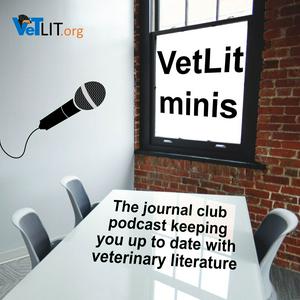
Get the free radio.net app
- Stations and podcasts to bookmark
- Stream via Wi-Fi or Bluetooth
- Supports Carplay & Android Auto
- Many other app features
Get the free radio.net app
- Stations and podcasts to bookmark
- Stream via Wi-Fi or Bluetooth
- Supports Carplay & Android Auto
- Many other app features


Vet Lit minis
download the app,
start listening.

